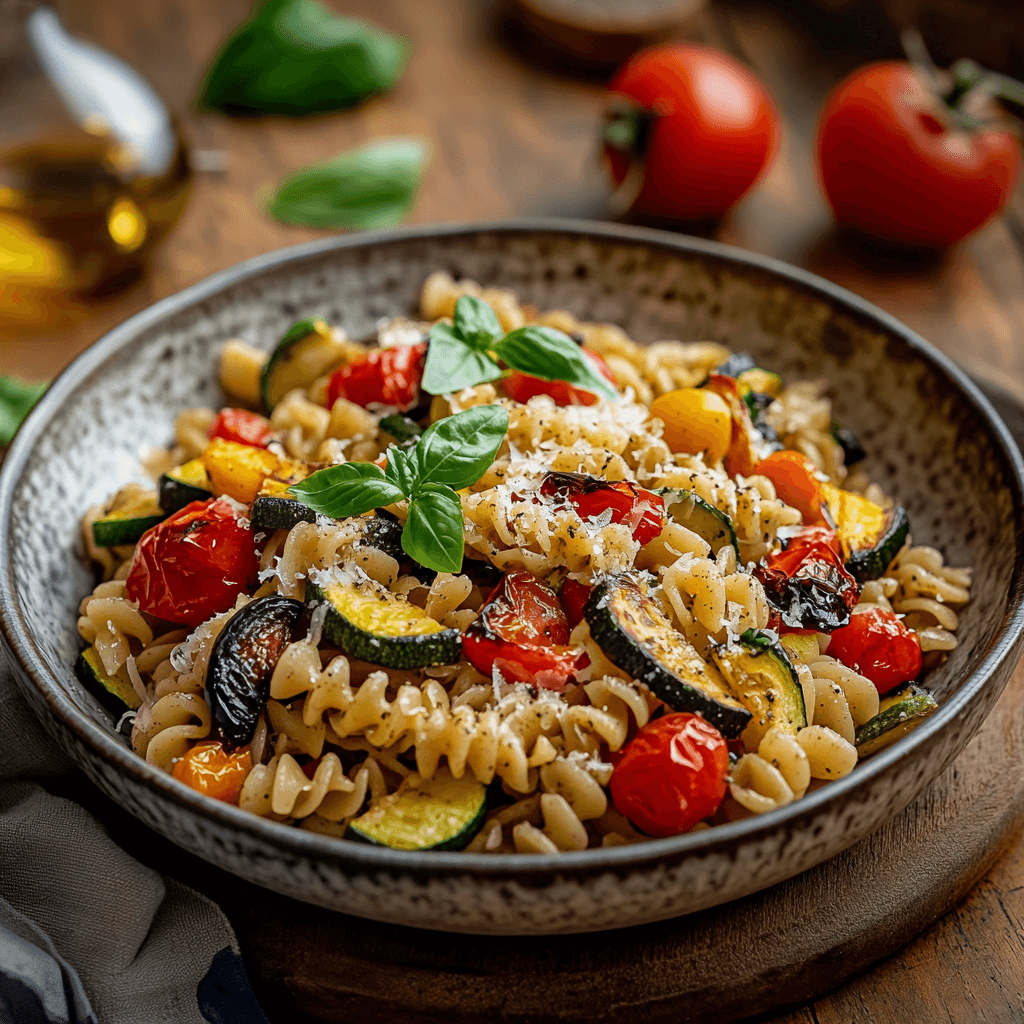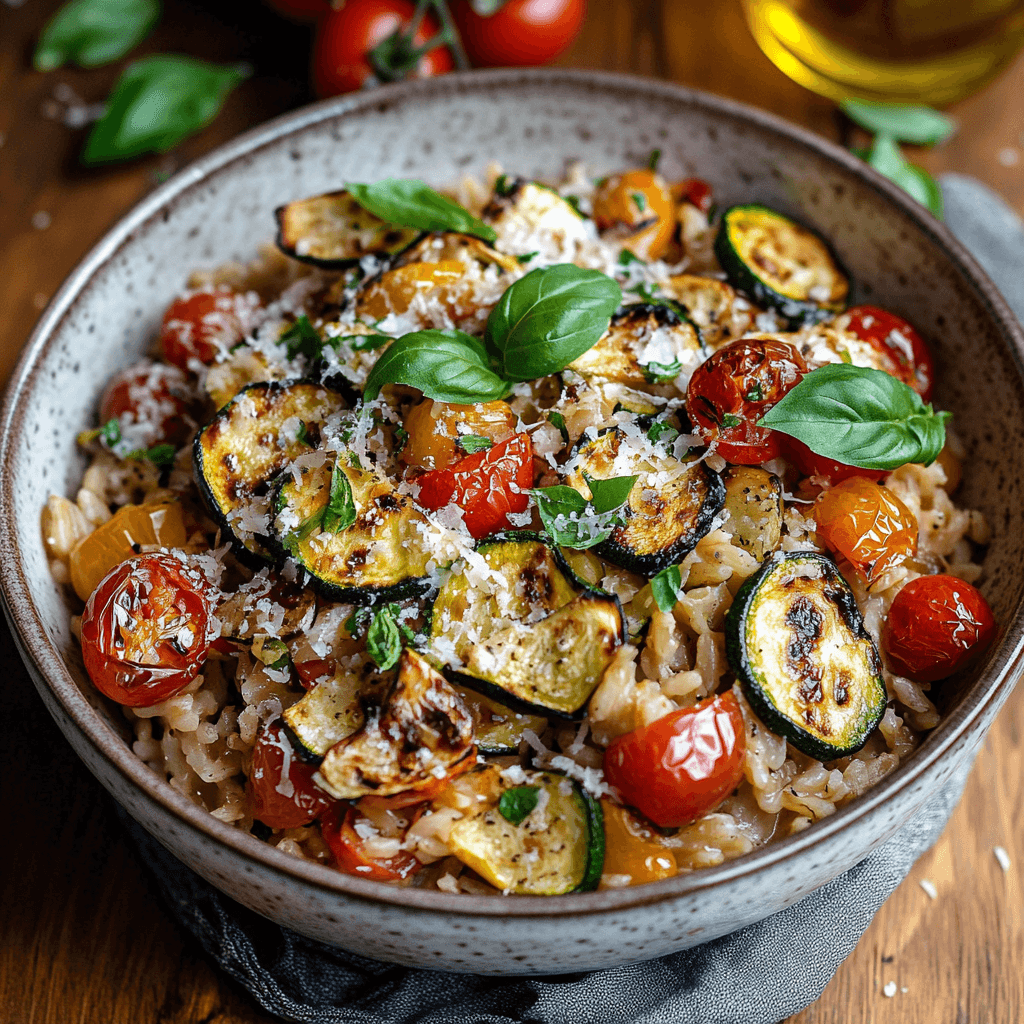Brown rice pasta is a standout option for those seeking a healthier, gluten-free alternative to traditional wheat pasta. Made from nutrient-rich brown rice, this versatile pasta is celebrated for its slightly nutty flavor, firm texture, and compatibility with a wide range of recipes. Whether you’re looking to accommodate dietary restrictions, enhance your nutrient intake, or simply try something new, brown rice pasta can be a delicious and nutritious addition to your table.
In this ultimate guide, we’ll explore the history of this pasta, its health benefits, how to cook it perfectly, and creative recipes to incorporate into your meals. Let’s dive into the world of this wholesome pasta alternative.
The Origins of Brown Rice Pasta
Brown rice, the key ingredient in this pasta, has a rich history that dates back thousands of years. Cultivated initially in Asia, brown rice has been a staple crop in many cultures due to its high nutritional value and versatility.
The rise of gluten-free diets and the growing demand for healthier food options have propelled brown rice pasta into mainstream popularity. It was first developed as an alternative for those with celiac disease, but today, it’s widely enjoyed by people of all dietary preferences for its flavor and health benefits.

🍝✨ Brown Rice Pasta with Roasted Vegetables ✨🍝
Ingredients:
- 12 ounces brown rice pasta (penne, fusilli, or your favorite shape)
- 1 zucchini, diced
- 1 red bell pepper, diced
- 1 cup cherry tomatoes, halved
- 1 small red onion, thinly sliced
- 3 garlic cloves, minced
- 3 tablespoons olive oil
- 1 teaspoon dried oregano
- 1/2 teaspoon salt
- 1/2 teaspoon black pepper
- 1/4 teaspoon red pepper flakes (optional)
- 1/4 cup grated Parmesan cheese (optional, for garnish)
- 2 tablespoons fresh basil, chopped
Directions:
- Prepare the vegetables: Preheat your oven to 425°F (220°C). Place the zucchini, red bell pepper, cherry tomatoes, red onion, and minced garlic on a baking sheet. Drizzle with olive oil and sprinkle with oregano, salt, black pepper, and red pepper flakes. Toss to coat evenly.
- Roast the vegetables: Spread the vegetables in an even layer and roast for 20-25 minutes, stirring halfway through, until tender and slightly caramelized.
- Cook the pasta: Bring a large pot of salted water to a boil. Cook the brown rice pasta according to package instructions until al dente. Reserve 1/2 cup of pasta water before draining the rest.
- Combine pasta and vegetables: In a large bowl, toss the cooked pasta with the roasted vegetables. Add a splash of the reserved pasta water to loosen the mixture if needed.
- Serve and garnish: Plate the pasta and sprinkle with grated Parmesan (if using) and fresh basil. Serve warm with a side of crusty bread or a green salad.
Nutritional Information:
⏰ Prep Time | 10 minutes | 🔥 Cooking Time | 25 minutes | ⏳ Total Time | 35 minutes
⚡ 350 calories per serving | 🍽️ Serves 4
Bon appétit and happy cooking! 🍝✨
What Makes Brown Rice Pasta Special?
This pasta stands out from other pasta alternatives due to its unique combination of texture, taste, and nutritional value. Unlike traditional white rice pasta, brown rice pasta retains the bran and germ of the rice grain, offering a nutrient-packed option for your meals.
Key Characteristics:
- Slightly Nutty Flavor: Adds depth and complements a variety of sauces.
- Firm Texture: Holds up well in both hot and cold dishes.
- Neutral Base: Allows other flavors in the dish to shine.
- Rich Nutrient Profile: High in fiber, antioxidants, and essential minerals.
Nutritional Benefits of Brown Rice Pasta
This pasta is not only gluten-free but also packed with essential nutrients that contribute to overall health. Here’s a closer look at its nutritional advantages:
1. Rich in Fiber
- Promotes healthy digestion and prevents constipation.
- Helps maintain stable blood sugar levels by slowing down glucose absorption.
2. High in Antioxidants
- Contains compounds like phenolics and flavonoids that combat inflammation and oxidative stress.
3. Packed with Essential Minerals
- Magnesium: Supports bone health and regulates blood pressure.
- Manganese: Plays a role in metabolism and antioxidant defense.
- Phosphorus: Essential for energy production and bone health.
4. Heart-Healthy
- Low in cholesterol and saturated fat, making it a heart-smart choice.
5. Suitable for Gluten-Free Diets
- Safe for individuals with celiac disease or gluten intolerance.
6. Energy Sustaining
- Complex carbohydrates provide long-lasting energy, ideal for active lifestyles or athletes.
How to Cook Brown Rice Pasta Perfectly
Cooking this pasta requires a slightly different approach than traditional wheat pasta. Its starch content is higher, which means it can become sticky or overcooked if not handled correctly.
Step-by-Step Instructions:
- Boil Plenty of Water
- Use a large pot of water to prevent sticking. A ratio of 4 quarts of water to every 1 pound of pasta is ideal.
- Add Salt
- Season the water generously with salt to enhance flavor.
- Cook the Pasta
- Add the pasta and stir immediately to prevent clumping.
- Follow the package instructions for cooking time, typically 7–10 minutes, but start checking for doneness around the 6-minute mark.
- Test for Al Dente
- Taste a piece to ensure it’s cooked but still firm to the bite.
- Drain and Rinse
- Drain the pasta in a colander and rinse under cold water to remove excess starch and stop the cooking process.
- Toss with Oil
- Toss the pasta with a small amount of olive oil to prevent sticking if you’re not serving it immediately.
Creative Recipes Featuring Brown Rice Pasta
Brown rice pasta’s versatility makes it an excellent choice for a wide variety of dishes. Here are some creative ideas to inspire your next meal:
1. Mediterranean Brown Rice Pasta Salad
- ingredients:
- Cooked brown rice pasta
- Cherry tomatoes, cucumber, Kalamata olives, and feta cheese
- Olive oil, lemon juice, and oregano for the dressing
- Preparation:
- Toss all ingredients together and chill before serving. Perfect for picnics or light lunches.
2. Creamy Alfredo Brown Rice Pasta
- Ingredients:
- Brown rice fettuccine
- Heavy cream, butter, garlic, and Parmesan cheese
- Preparation:
- Cook the pasta and toss it in a creamy Alfredo sauce for a gluten-free take on a classic comfort food.
3. Spicy Thai Brown Rice Noodles
- Ingredients:
- Flat brown rice noodles, soy sauce, peanut butter, sriracha, and lime juice
- Toppings: Crushed peanuts, scallions, and cilantro
- Preparation:
- Stir-fry the noodles in the sauce and garnish with fresh herbs for a flavorful, Asian-inspired dish.
4. Pesto Brown Rice Spaghetti
- Ingredients:
- Brown rice spaghetti and homemade basil pesto
- Toppings: Cherry tomatoes and grated Parmesan
- Preparation:
- Toss the cooked spaghetti in pesto and serve with fresh vegetables.
5. Baked Brown Rice Pasta Casserole
- Ingredients:
- Brown rice penne, marinara sauce, ricotta cheese, and shredded mozzarella
- Preparation:
- Layer cooked pasta with marinara and cheese, then bake until bubbly and golden.
Brown Rice Pasta Around the World
1. Italy
Brown rice pasta is gaining popularity in Italian cuisine as a gluten-free alternative for traditional dishes like carbonara and amatriciana.
2. Asia
In countries like Thailand and Vietnam, flat brown rice noodles are used in stir-fries, soups, and salads.
3. United States
Health-conscious consumers in the U.S. use brown_rice_pasta for classic dishes like mac and cheese, cold pasta salads, and casseroles.
Comparing Brown Rice Pasta with Other Alternatives
1. Brown Rice vs. Wheat Pasta
- Our pasta is gluten-free, higher in fiber, and more nutrient-dense.
- Wheat pasta is more elastic, which may be preferable for some recipes.
2. Brown Rice vs. White Rice Pasta
- Brown rice retains the bran and germ, making it more nutritious.
- White rice pasta has a milder flavor and softer texture.
3. Brown Rice vs. Quinoa Pasta
- Both are gluten-free, but quinoa pasta tends to have a slightly nuttier flavor and more protein.
4. Brown Rice vs. Lentil Pasta
- Lentil pasta is higher in protein, while brown_rice_pasta has a milder flavor and smoother texture.
Storing and Reheating Pasta
Proper Storage:
- Refrigeration: Store cooked pasta in an airtight container for up to 3 days.
- Freezing: Freeze cooked pasta in portioned containers for up to 2 months.
Reheating Tips:
- Reheat in a skillet with a splash of water or broth to restore moisture.
- Avoid microwaving without added liquid, as it can dry out the pasta.

Frequently Asked Questions (FAQs)
1. Does brown rice pasta taste different from wheat pasta?
Yes, it has a slightly nuttier flavor but is neutral enough to pair well with most sauces.
2. Can I use this pasta in baked dishes?
Absolutely! this pasta works well in casseroles and baked recipes like lasagna.
3. Is this pasta healthier than the traditional one?
Yes, it’s higher in fiber and nutrients, making it a more nutritious choice.
4. How do I prevent pasta from becoming sticky?
Cook it in plenty of water, stir frequently, and rinse under cold water after draining.
Related Recipes
- Lumache Pasta recipe: Pair your pasta with this Lumache Pasta.
- Parmesan Asiago: Try this vibrant Parmesan Asiago for a fresh and flavorful dish.
Conclusion
Brown rice pasta is more than just a gluten-free alternative; it’s a nutritious and versatile base for countless dishes. From hearty casseroles to refreshing pasta salads, this wholesome pasta adds flavor and texture to your meals while supporting a healthy lifestyle. With the tips and recipes in this guide, you can master the art of cooking and serving rice pasta, making every meal a delightful and satisfying experience. Try it today and discover a new favorite in your kitchen!

3 thoughts on “Brown Rice Pasta”